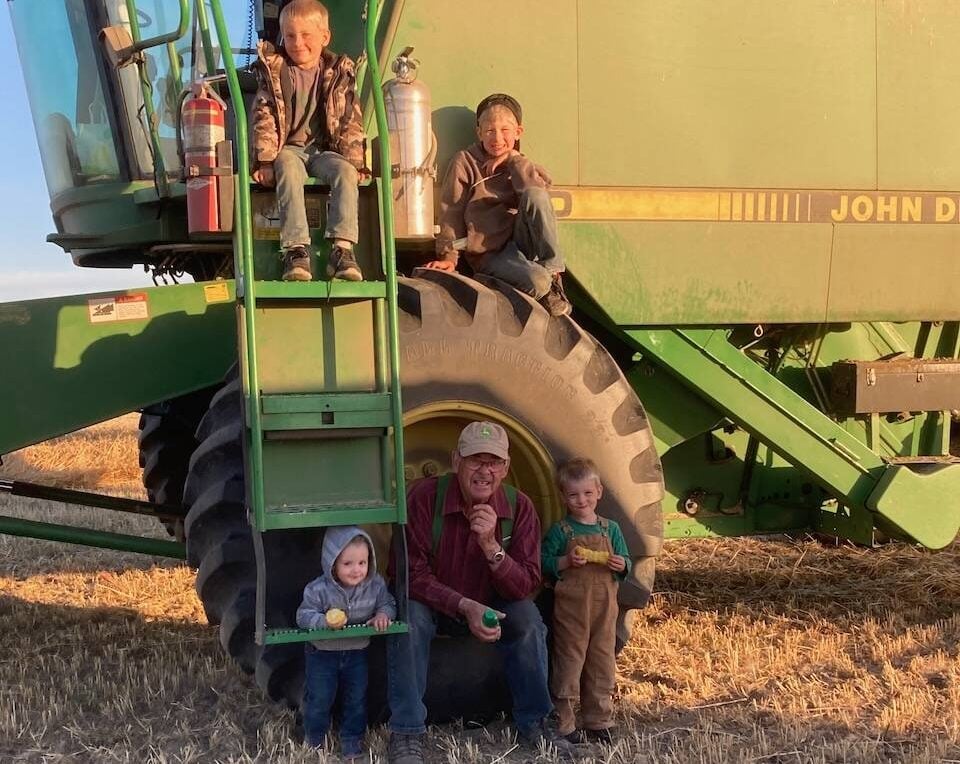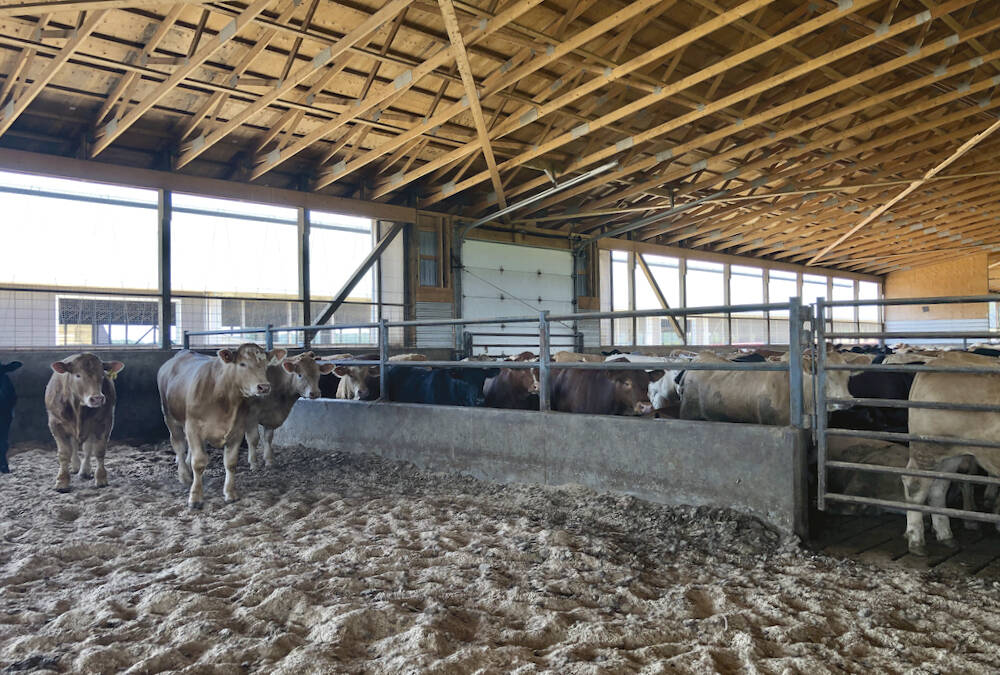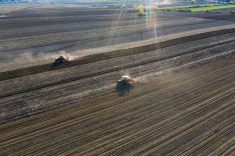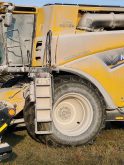Glacier FarmMedia — An unintended consequence of planned upgrades to Canada’s National Farm Building Code (NFBC) may be higher farm insurance rates.
That’s because, regardless of how the insured structure is built, if destroyed it will have to be rebuilt to the new and more complex code.
An Ontario member of the Canadian Farm Building Association’s board of directors advises farmers to resist the temptation to under-insure if they feel ill-equipped to pay the increase.
Read Also

Harvest wraps up and fall work begins
At the Eppich famly ranch in western Saskatchewan, the fall harvest was successful with few breakdowns, cows and calves have been sorted and a new tractor has arrived
“Insurance companies don’t have a choice; they have to rebuild to the building code (after a loss),” Ken Worsley, chief operating officer of Nova Mutual Insurance Co., told Glacier FarmMedia recently.
Worsley made contact after publication of an article detailing planned farm-related upgrades to the National Model Codes, including the farm building code but also those related to fire safety, plumbing and electrical safety.
“This particular issue has huge impacts for insuring these barns going forward as we will need to place higher limits on these barns in order to replace them when needed due to a loss,” he says.
Worsley says farmers who plan new buildings must be aware of how the code changes will add to the cost of such components as trusses, bracing and fire separation areas.
The NFBC hasn’t changed since 1995. Since then, there have been huge transformations in knowledge about potential loss due to a changing climate and to the scale of the average farm building. From the perspective of insurance companies, this has created an environment in which many farm losses are now “curated” through “facultative reinsurance” strategies.
In the past, Worsley says, insurance companies operating in Ontario typically had enough financial capacity to cover whatever farm losses were incurred by their clients in any given year. This is no longer the case.
Nova Mutual can handle a farm loss that calls for a $9 million payout to replace what was insured, he says. Above that, it calls on specialized reinsurance companies to cover the remainder.
“In Ontario, there have been several (barn) fires this year that have pierced that facultative reinsurance barrier,” he says.
He estimates the average replacement cost on a Canadian dairy farm, which he said continues to follow a trend of fewer total farms coupled with significantly larger land base, cow numbers and building size, at $20 million. Some run as high as $60 million.
Worsley says the cost to insurance companies for facultative reinsurance has risen significantly “due to catastrophic events (over the) last four years.” Already, farm clients have possibly seen these increased costs passed to them in the form of higher premiums.
With the updated NFBC coming into effect, premiums will almost certainly continue to rise. Worsley describes it as the insurance companies’ continual race to maintain their ability to pay out for potential losses.
“If everything was insured to (full replacement) value, we wouldn’t have to take a rate increase for five years because we would have enough premium to cover it,” he said.
The cutoff date for the 2012 building code is March 31, 2025 — that is, provided a project’s working drawings were complete before Jan. 1, 2025. Any project started after this date will be required to have drawings that are designed to the updated 2024 building code.
Stonecrest Engineering’s Bram Van den Heuvel, speaking to Farmtario recently about the new building code, estimates the 2024 code will result in a 20 per cent increase in costs for design, material and labour. That means insurance companies won’t be able to bankroll full replacement value without raising their rates.
Worsley advises farmers to be proactive. That doesn’t mean taking a fine-toothed comb to their policy and determining where they can avoid maintaining coverage.
“We don’t want people suddenly to start under-insuring their farms,” Worsley said. “We don’t want people to have to go to (a farm lender) and say ‘I need to borrow another $1 million’ (to pay for replacing the elements from which insurance was removed). That’s not what we want for their insurance experience.”
Most farm insurers have loss prevention specialists who can make recommendations, based on a farm visit, for measures to prevent or mitigate potential losses. These recommendations may seem inconsequential and inconvenient to some farm owners but they are based on available data about the causes of insurable losses.
And when a farmer follows through on recommendations within the suggested timeline, “the underwriter’s pen will get a little sharper” in highlighting acceptable risks that the insurer can include in the policy.















